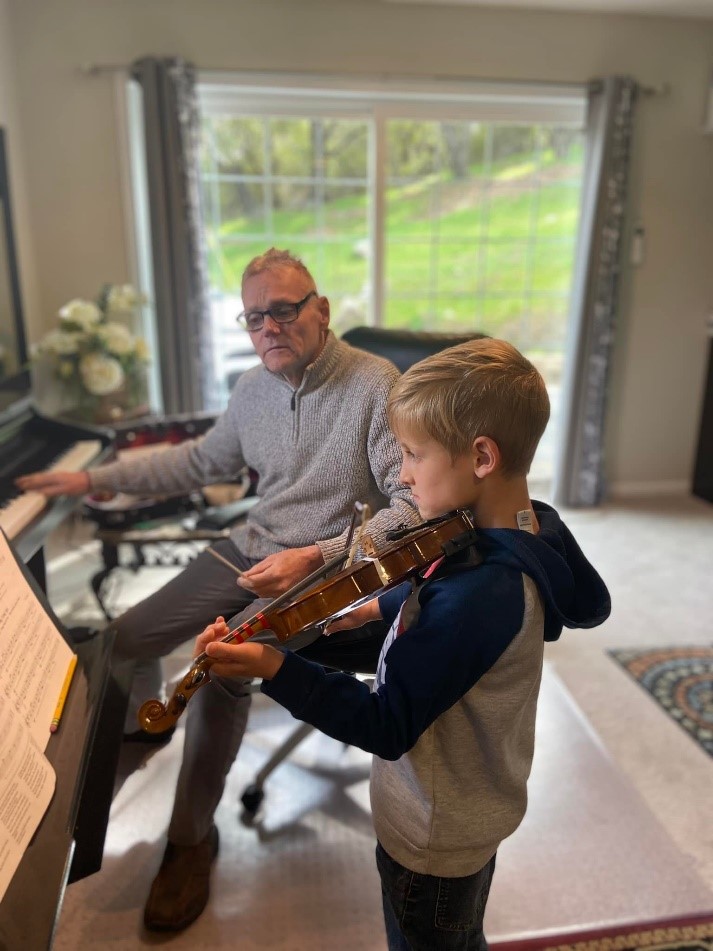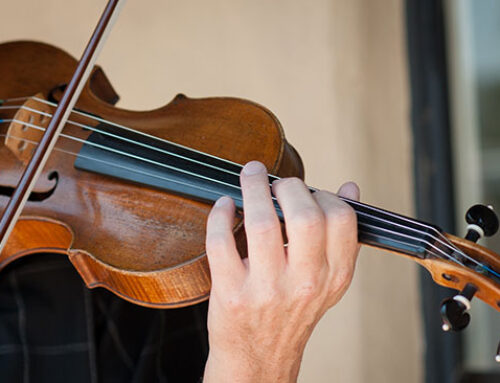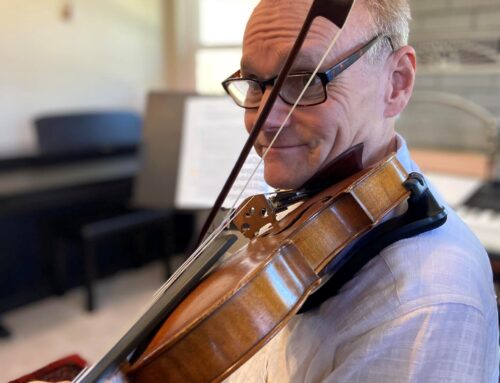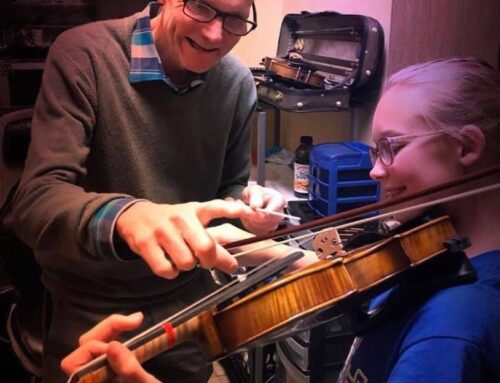Improper positioning is one of the main reasons beginners struggle to play the violin. Correct posture not only helps you play comfortably but also produces better sound. So, if you are asking, “How do you play the violin?”, learning to hold the instrument and bow correctly is the first and most essential step. This blog will provide simple, effective tips to get you started.
- Positioning the Violin on Your Shoulder
The first step in playing the violin is learning how to hold it on your shoulder. Proper positioning will help you avoid muscle strain and make it easier to play.
- Place the violin on your left shoulder: Make sure it rests on your collarbone. The instrument should be stable without you having to grip it tightly.
- Use a shoulder rest if needed: A shoulder rest can make the violin more comfortable to hold. It will fill the gap between your shoulder and the violin, reducing the need to strain your neck.
- Angle the violin slightly to the left: The scroll (the end of the violin) should point outwards at a slight angle, not straight ahead. This allows your left hand to move freely across the strings.
- Proper Chin Rest Placement
The chin rest helps you secure the violin in place, so it is important to use it correctly.
- Rest your jaw, not your chin: Despite the name, the chin rest should support your jaw, not your chin. Place your jaw on the rest and relax your neck.
- Keep a light hold: You do not need to press down hard. The violin should feel balanced and secure without much pressure. This will help you move the bow more smoothly and play better notes.
- How to Hold the Bow Correctly
Understanding how to hold the bow is just as important as positioning the violin. A proper bow hold ensures you can play with the right amount of pressure and control.
- Relax your hand: Hold the bow with your right hand, but keep your fingers relaxed. Stiff fingers will make it hard to control the bow.
- Place your thumb under the bow: Your thumb should be slightly bent, resting under the bow’s stick. Avoid locking it straight.
- Position your fingers around the bow: Your index finger should rest on top of the bow, applying gentle pressure. The middle and ring fingers should curl around it, and the pinky should rest on top, slightly bent.
- Why Proper Posture Matters
Correct posture makes playing more comfortable and improves sound quality. Slouching or bending can lead to back pain, shoulder strain, and difficulty moving the bow across the strings.
- Stand or sit up straight: If you are standing, keep your feet shoulder-width apart. When sitting, sit on the edge of the chair with your back straight.
- Relax your shoulders: Tense shoulders will make it difficult to move your arms freely. Take a moment to roll your shoulders back and relax before starting to play.
- Common Mistakes to Avoid
Beginners often ask, “Can I learn violin in 6 months?” The answer is yes, but only if you avoid common mistakes early on. Correcting errors in how you hold the violin and bow can speed up your progress.
- Do not grip the violin tightly: Holding the violin too tightly can lead to tension and discomfort. Keep a firm but gentle hold.
- Avoid stiff fingers on the bow: A stiff grip will make your bow strokes rough and uneven. Practice keeping your fingers flexible and loose.
- Do not let the violin slip: If the violin keeps slipping off your shoulder, adjust your shoulder rest or chin rest for better comfort and fit.
- Practice Tips for Better Comfort and Control
Good habits start with regular practice. Here are some tips to help you master your hold and improve your playing:
- Practice holding the violin without playing: Spend a few minutes each day just holding the violin and adjusting your posture. This will help build muscle memory.
- Use a mirror: Watching yourself in a mirror can help you check your posture and finger placement. It allows you to spot and correct any mistakes.
- Take breaks: Playing the violin can be tiring, especially for beginners. Take short breaks to relax your muscles and avoid strain.
Summing Up
Learning how to hold the violin and bow correctly is a vital step for anyone wondering, “How do you play the violin?” It ensures you are comfortable and helps produce better sound. You can avoid unnecessary strain by focusing on posture, grip, and proper positioning. If you aim to learn violin in 6 months, these basics are essential for steady progress.
Now, you might be thinking, “How much does it cost to learn violin?” The answer varies, but investing in quality lessons can make a big difference. For expert guidance, consider lessons from Paul Ciolek, who offers comprehensive violin training for beginners. With his help, you can build strong fundamentals, making your learning experience smoother and more enjoyable.






Leave A Comment